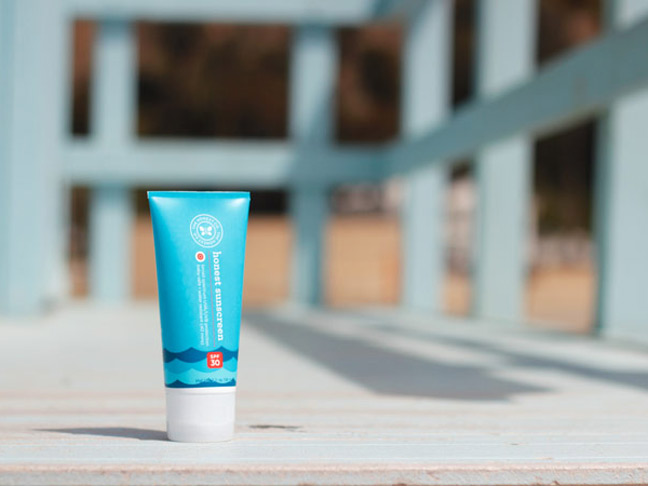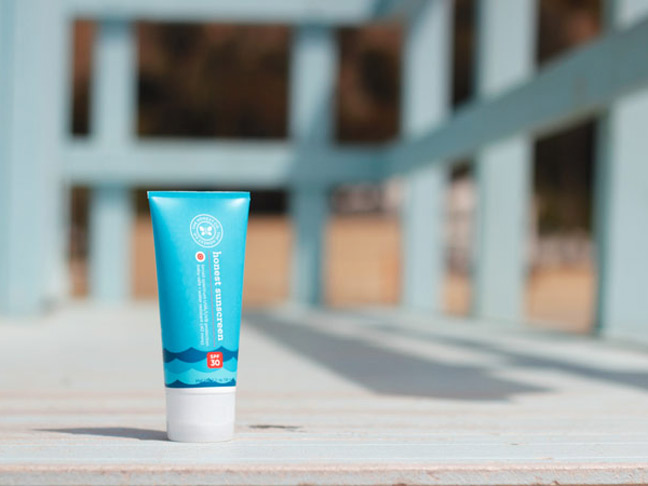
We give a lot of thought to what we put into our bodies, but we should give equal consideration to knowing what's in the cosmetic products we use on our bodies. Lately I’ve focused on creating a few of my own natural/green beauty products like my DIY Pumpkin Facial, DIY Brown Sugar & Olive Oil Scrub, in addition to providing some tips on ways to use Coconut Oil as a beauty product.
Part of what I enjoy about making my own beauty products is not just the economics, but more that it gives me total control over choosing what ingredients I use. Realistically though, I understand we don’t always have the time or the means to create all of the beauty products we need. So here’s some information to help you begin greening up some of your next beauty product buying decisions.
Most Cosmetic Ingredients Are Not Regulated in the U.S.
Cosmetic ingredients are not at all regulated in the same way that food ingredients are. This might not sound like such a big deal, but it’s worth considering that the European Commission has a list of 1373 substances that are banned from being used in cosmetics products, while only 11 cosmetic ingredients are prohibited from being used in the United States as of December 2010.
You should at least be aware that many cosmetic ingredients are thought to be carcinogenic, while some ingredients have been suspected of having the potential to play havoc with our endocrine systems.
There’s no need to panic over hearing this. A little bit of research can go a long way towards learning about the ingredients in the products you presently enjoy using, and over choosing new products that you might buy in the future. A good place to begin learning more is the Environmental Working Group (EWG) which is an organization that provides informational lists and ingredients ratings to help you better decide which ingredients you will feel safe using.
Don't Be Fooled By Clever Branding Campaigns
Don’t assume that just because a product states that it’s “green” or “natural” that it’s totally safe to use. This article from The Daily Green cites some guidelines and information that will help you better understand how many brands are fooling us with savvy marketing techniques so you’ll have a better understanding of what to look for when purchasing beauty products.
What’s Good for You is Good for Mother Earth Too
Learning how to make better cosmetic products choices not only benefits you, it also benefits Mother Earth. Think about it: when you buy products that don’t contain toxins, you’re also protecting our natural wildlife, rivers, streams and oceans because that’s where a lot of these residual products eventually end up anyway.
Sunscreens have become such a widely used product, but unfortunately many of them contain harmful chemicals that can end up killing sea life. A good place to get started is by refusing to buy sunscreens that contain dioxybenzone, oxybenzone, avobenzone and retinyl palmitate. Instead, choose products like Honest’s SPF 30 Sunscreen, that make use of titanium dioxide or zinc oxide, since these products can help block the sun’s rays, without getting absorbed into the skin.

You might also be surprised to learn that many types of cosmetics containers can be recycled. Some statistics have estimated that as many as 45% of empty cosmetic containers end up in landfill, so it’s worth knowing how you can help reduce those numbers. Some cosmetics company’s like MAC, Kiehl’s and Aveda, have even developed incentive recycling programs that can reward you with discounts towards buying a new product.
While doing some of these things may feel like taking baby steps towards climbing a mountain, their cumulative effects can become remarkably effective when enough people begin implementing them.
How have you greened up your beauty routine?




